Air Plants – Delightful for Many Interior Decor Styles
Dotti Franz, Master Gardener2023-06-15T07:21:10-06:00Air Plants are becoming more and more popular. They come in delightful shapes and curious textures that bring originality to any room. Air Plants are fun to collect and make uniquely beautiful accents for many interior decor styles.
Where Can I Find Air Plants?
Air plants in nurseries are often tossed together in large bins or containers.

One reason they are amazing is that you don’t have to “plant” them! These intriguing specimens require no potting soil to grow, making them extremely easy to care for and display. It’s easy to find Air Plants at your local garden center, big box store, or online sources like Amazon.
What Exactly Is an Air Plant?
The term “Air Plant” includes over 100 species of evergreen flowering perennial plants that vary in size and color. Because Air Plants are members of the Tillandsia genus, they are often referred to as Tillandsias. Tillandsias belong to the Bromeliad family, making them distant relatives of the Pineapple plant. In nature, they thrive in diverse climates and environments, including tropical rainforests, deserts, coastal areas, or mountainous regions of Mexico, Costa Rica, and South America.
The Air Plant is a type of plant called an epiphyte. Epiphytes feature tiny scales on their leaves that take in all required nutrients from the surrounding air and water. In their natural environment, Tillandsias use their roots only to anchor themselves to trees, other plants, moss, or stones.
Do They Bloom?
Tillandsias are grown primarily for their interesting foliage, but they occasionally produce lovely lavender, blue, yellow, white, or purple flowers. Some varieties present spectacular floral spikes that can last months, while others open with only a single, delicate blossom. Air Plants may take many months before they bloom, and each plant will produce a flower only when it is good and ready! After blooming, the plant will direct its energy to form new offsets or “pups” underneath its leaves. The pups soon develop into individual new plants. It is normal for the parent plant to slowly begin to die after flowering, but the pups will continue to grow and eventually replace the parent. You can easily separate the pups from the parent plant by using a sharp knife and cutting carefully where the two plants connect.
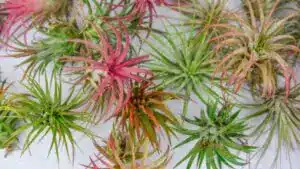
How Do I Keep Them Alive?
Air Plants are happy with an occasional spritz of water or a weekly soaking to prevent them from drying out. You can water these plants by turning the entire plant upside down to soak in a deep bowl of tepid water once a week for 30 minutes to an hour. After its bath, hold the Air Plant upside down and gently shake it to eliminate excess moisture. It is essential to place each plant upside down on a clean towel to dry completely before returning it to its permanent display. It may take several hours for all moisture to drain from the leaves, but the drying period is crucial to prevent fungus. More plants die from overwatering than underwatering. Air Plants love regular misting and grow exceptionally well in a kitchen or bathroom, where the extra humidity prevents them from drying out too fast.
The ideal time to fertilize an Air Plant is immediately after its weekly soaking. A 17-8-22 fertilizer formulated especially for Tillandsias can be sprayed onto the leaves once or twice monthly and used according to the directions on the product label.
Air Plants thrive in bright, indirect sunlight. Ideally, keep the plants 2-3 feet away from an east or south-facing window to avoid scorching their leaves. Tillandsia plants can be grown outdoors in summertime underneath shade trees or shrubs. However, they are not frost tolerant and prefer temperatures between 65- and 80 degrees Fahrenheit. Air Plants perform well under artificial light, making them ideal office plants.
Displaying Air Plants
Tillandsias offer a natural touch to interior décor and lend themselves beautifully to creative designs. Treasured by florists and designers alike, they thrive on ornamental surfaces, including bark, driftwood, seashells, decorative rocks, and ceramics, or they can even hang suspended in the air from a curtain rod or ceiling.
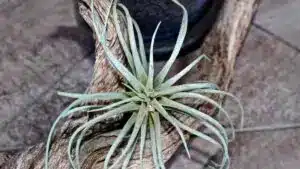
Download PlantTAGG today in the Google and Apple app stores. It’s free to download and use – just in time for Spring planting!


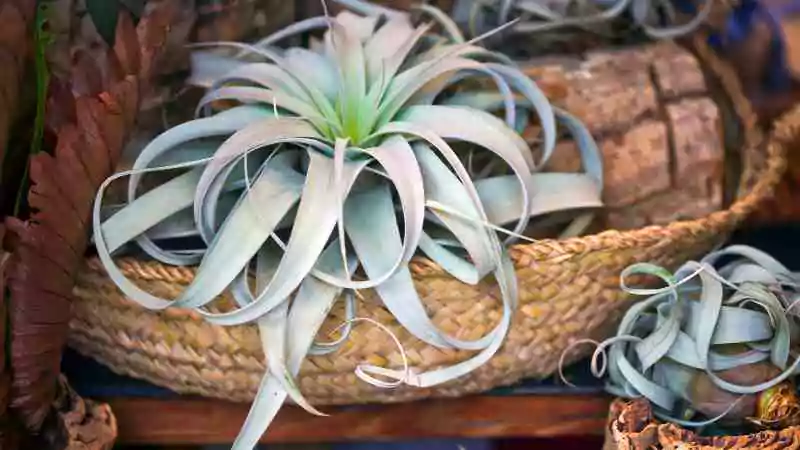


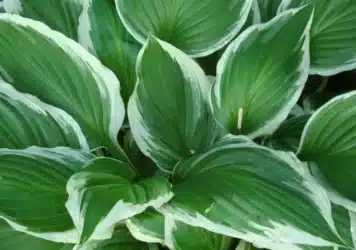

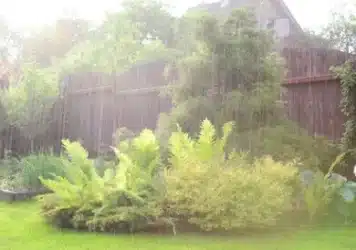



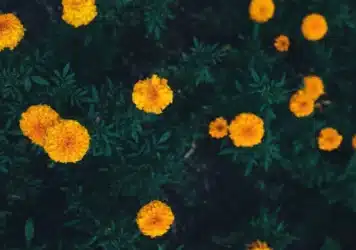

Comment (1)
[…] Air Plants – Delightful for Many Interior Decor Styles – PlantTAGG Blog – https://planttagg.com/air-plants/ […]